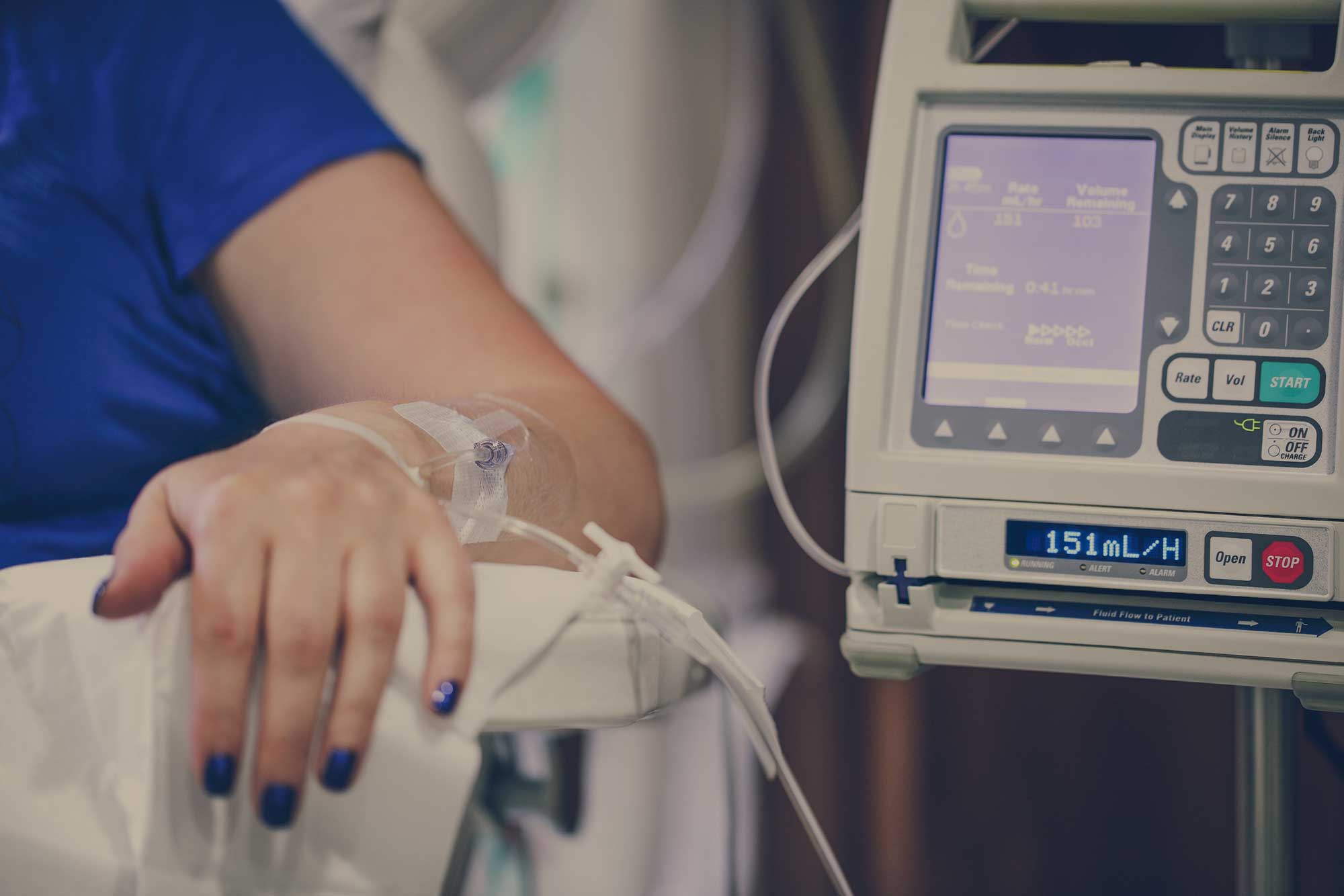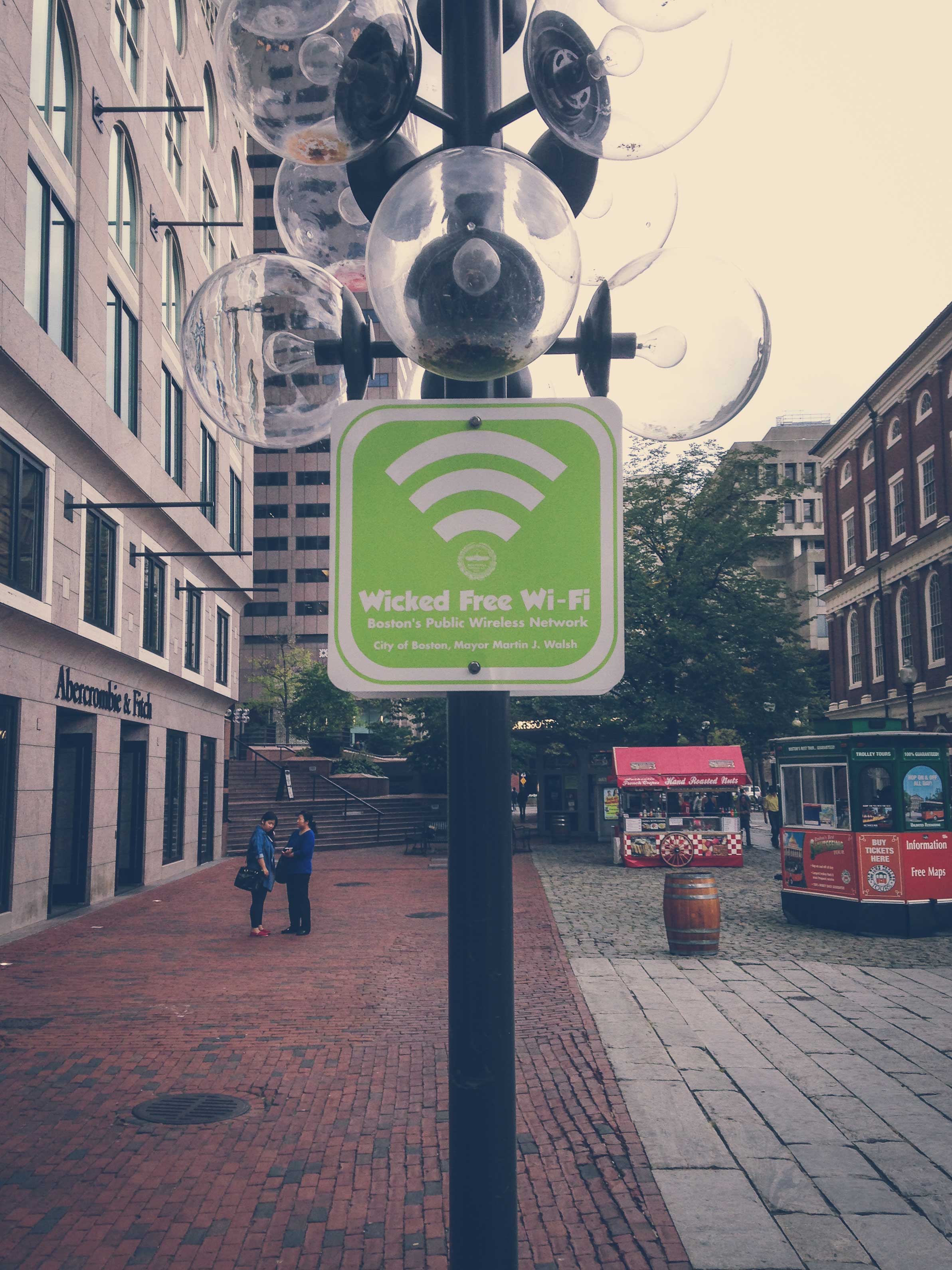
Many hospitals today, even smaller ones, have become complex almost “city-like” environments. They consist of hundreds of rooms, thousands of staff members and patients, and of course, large amounts of physical space or square footage. These physical factors alone make it challenging to deliver effective patient care, especially when it comes to having the right equipment, in the right place, when it’s needed the most.
Managing your hospital's equipment inventory levels and effectively utilizing that equipment is a mission critical task. Deploying RTLS or real-time location services are essential to successfully completing that task, offering you the ability to guarantee your staff and patients have exactly what they need when they need it.
RTLS empowers administrators by delivering real-time equipment utilization data that they can then use to make smarter, data-driven decisions ranging from making new equipment purchases to redistribution.
In order to make the most out of any RTLS deployment in healthcare, you have to first define what equipment utilization means to your institution.
Your definition depends on how far your RTLS integrates with your other healthcare systems. To help you establish what RTLS means to you we’ve created a short-list of the leading ways hospitals can measure or define equipment utilization.
Light Integration (Location-Based)
This type of definition goes strictly by the actual location of your equipment. In other words you know that a specific item or asset is in a storage room which you can then say it’s available for use or to be redistributed to another location.
This is the fastest and most simple way of measuring equipment utilization however not the most accurate when it comes to context.
Medium Integration (Interaction-Based)
Some healthcare institutions want or require more context than simply location to help them make better decisions. This means using sensors to tag patients in order to qualify a specific action is taking place. For instance, a piece of equipment won’t show as being in use unless the tag on a patient signals that they are in the same room as that piece of equipment.
Heavy Integration (Usage-Based)
This last definition takes context to the next level by defining equipment utilization as the actual equipment being used. Take an IV pump, it would only show a status of being used if the IV was actually pumping.
As you can see there are several ways to measure the utilization of your equipment and there is absolutely no right or wrong, only what fits best for your specific needs.
Tracking your equipment utilization is a critical function for every healthcare institution trying to improve its operational intelligence. While this is a sound strategy to do so, you need more than the right strategy you need the right technology systems to be successful.
If you have any questions about deploying RTLS in your hospital or about leveraging technology to increase your operational intelligence simply contact us here, we’d love to see how we can help.





![Mobile Device Use and Your School's Bandwidth Problem [New Data]](https://techgrid.com/hubfs/mobile-device-use-and-your-schools-wifi-networks-bandwidth-problem-new-data.jpg)
